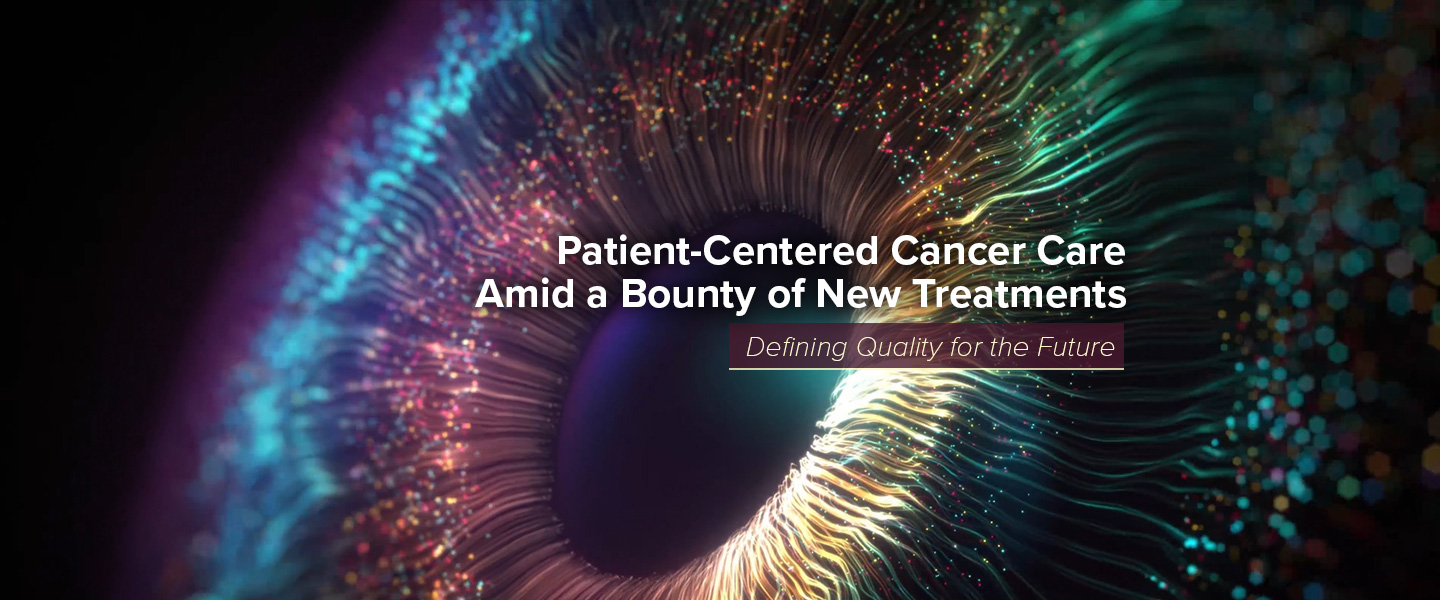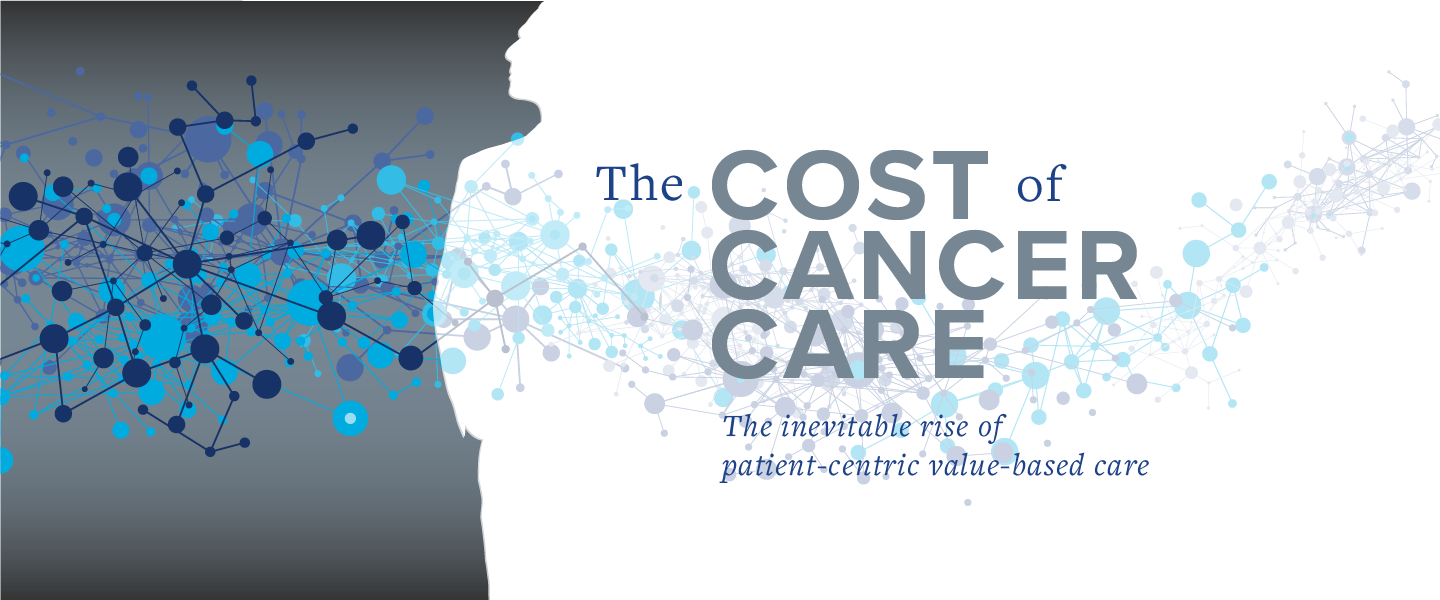 As an Air Force pilot, the jets I flew all came with User’s Manuals, but unlike the one in your car’s glove box, these manuals were revised continuously to reflect how an aircraft’s performance in the sky differed from its performance in a wind tunnel. Likewise, as pilots learn more about how their machines break down from time-to-time, the User’s Manual would get updated to reflect the concrete steps required to ensure the aircraft could be safely recovered from its problem and successfully returned to the ground. Once these steps were written into a User’s Manual checklist, checklist discipline superseded “seat-of-your-pants” flying. Even pilots with thousands of hours of flying experience exercise good checklist discipline to apply known procedures that lead to the best possible outcomes.
As an Air Force pilot, the jets I flew all came with User’s Manuals, but unlike the one in your car’s glove box, these manuals were revised continuously to reflect how an aircraft’s performance in the sky differed from its performance in a wind tunnel. Likewise, as pilots learn more about how their machines break down from time-to-time, the User’s Manual would get updated to reflect the concrete steps required to ensure the aircraft could be safely recovered from its problem and successfully returned to the ground. Once these steps were written into a User’s Manual checklist, checklist discipline superseded “seat-of-your-pants” flying. Even pilots with thousands of hours of flying experience exercise good checklist discipline to apply known procedures that lead to the best possible outcomes.
The Eviti library of evidence-based oncology regimens and clinical trials provides a repository of information on the lessons physicians have learned treating patients with cancer. Although not designed to be a User’s Manual, this repository of knowledge allows physicians to confirm their treatment choices against evidence-based treatment regimens with proven outcomes. Even physicians with thousands of hours of oncology experience can benefit from the organization and structure offered by applying cancer treatment known to lead to the best possible outcomes.
As technology advances, new jets and new cancer treatments become more complex and more expensive. Both defense and healthcare costs continue to skyrocket. As the Federal government takes on more and more of the healthcare cost burden, we cannot afford to select something new over something proven in the hope of the best possible outcomes. Not only is it unsustainable – it’s irresponsible.
Much like the advances in Air Force weaponry over the past 30 years, oncology drugs have seen significant advancements. Now, rather than carpet-bombing a patient’s cancer and immune system with highly toxic agents, precision medicine, designed to fight known genetic mutations, target and are delivered right to malignant cells. These new drugs come with a lofty price tag, but if decreased toxicity leads to fewer side effects and shorter hospital stays, does the focus on the price of these new oncology drugs ignore the value of lower costs elsewhere resulting from their use?
Maybe.
But until we know, we don’t. For new jets, an in-flight emergency that no one has ever experienced may require that “seat-of-your-pants” type of flying to avert a crash. From there, engineers and test pilots work to create a new checklist to establish the protocol to be followed. In medicine, changes to cancer treatment regimens are driven by results from clinical trials on test subjects and scholarly articles published in peer-reviewed journals. The Eviti library is the healthcare provider’s checklist for oncology treatment.
New drugs can bring hope, extend lives, and can ultimately lead to better outcomes. After separating from the Air Force, I spent over a decade as a pharmaceutical sales rep and sales manager, and my argument is certainly not against new drugs. They are needed, and I am proud to have worked for and with companies researching, investing resources, and bringing new medicines to patients. No, my argument is for applying a disciplined approach to prescribing known and proven treatments that lead to the best possible outcomes. Until the newer agents can demonstrate better outcomes than what is available, this approach will also help to contain costs. Leave the risks to the test pilots and test subjects.








